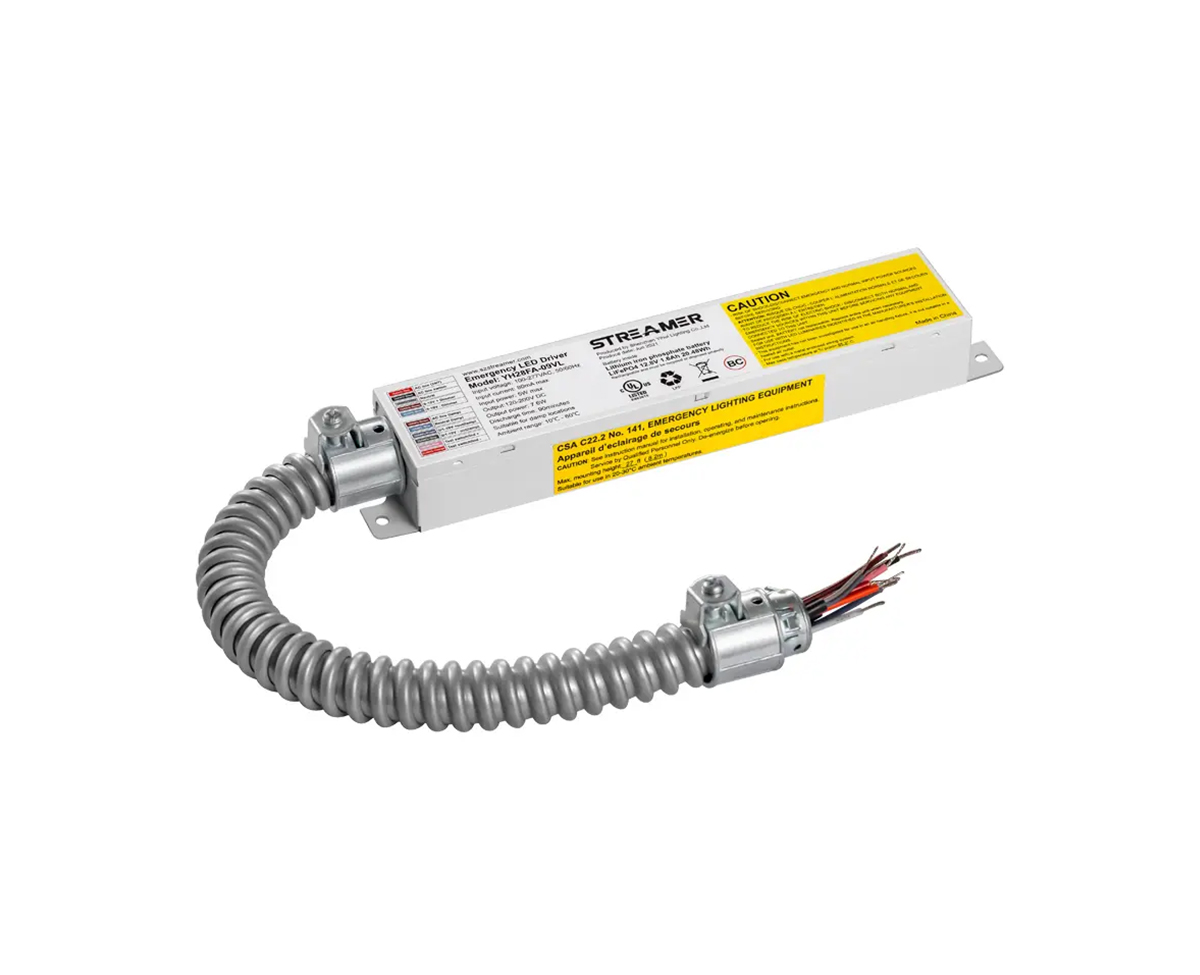 1
1
 Mar 03, 2025
Mar 03, 2025

Reducing network latency in Streamer BBU is essential for providing high - quality wireless communication services, especially for applications that require real - time responses.
Hardware - related Improvements
Upgrading the hardware components of the Streamer BBU can significantly reduce network latency. For example, using high - speed processors with advanced instruction - set architectures can enhance the processing speed of data packets. Faster processors can quickly handle the baseband processing tasks, such as encoding and decoding data, which is crucial for reducing the time it takes for data to pass through the BBU. Additionally, improving the memory system is important. Employing high - bandwidth and low - latency memory can ensure that data can be quickly accessed and stored during the processing. Solid - state drives (SSDs) can be used instead of traditional hard disk drives (HDDs) for data storage in the BBU, as SSDs offer much faster read and write speeds, reducing the time spent on data retrieval and storage operations. Upgrading the network interface cards (NICs) to higher - speed versions can also improve data transfer rates, minimizing the time it takes for data to enter and leave the BBU.
Software - based Optimization
Software - based optimization techniques are equally important. Optimizing the scheduling algorithms in the BBU's operating system can ensure that data packets are processed in an efficient order. For example, priority - based scheduling can be implemented, where packets from real - time applications, such as voice calls or live video streaming, are given higher priority for processing. This ensures that these time - sensitive packets are sent out as quickly as possible, reducing latency. Another software - related method is to improve the buffer management. By dynamically adjusting the buffer size based on the incoming data traffic, the BBU can prevent buffer overflows and underflows. This helps to maintain a smooth flow of data, reducing the waiting time for packets in the buffer and thus reducing latency. Additionally, implementing efficient error - correction algorithms can reduce the need for re - transmissions. When errors are quickly corrected at the BBU level, data can be sent to the RRU without the delay caused by re - sending the entire packet.
Network - level Optimization
At the network level, optimizing the backhaul network can have a significant impact on reducing latency. Using fiber - optic cables instead of copper cables for the backhaul can provide much higher bandwidth and lower latency. Fiber - optic cables can transmit data at the speed of light, reducing the propagation delay. Also, deploying more base stations closer to each other can reduce the distance that data needs to travel from the user equipment to the BBU. This reduces the time it takes for data to reach the BBU, thereby reducing network latency. Implementing network slicing can also improve latency for specific applications. By dedicating a portion of the network resources to high - priority applications, the BBU can ensure that these applications receive the necessary bandwidth and processing power in a timely manner, reducing latency.